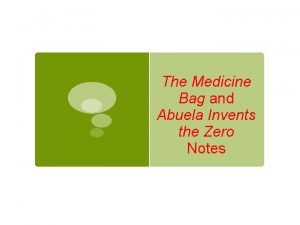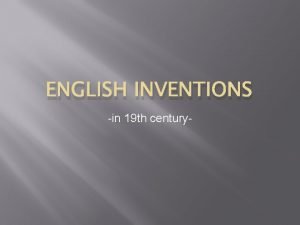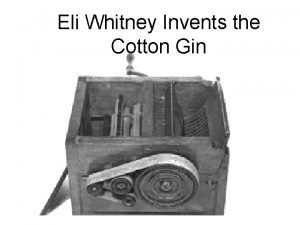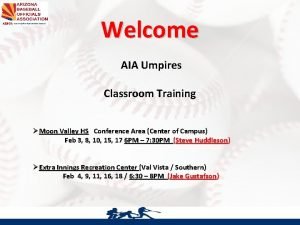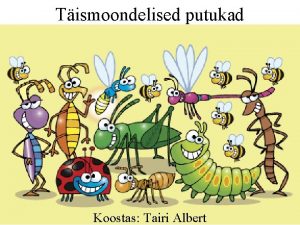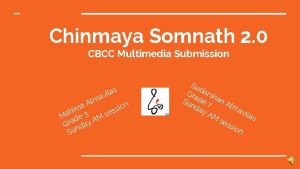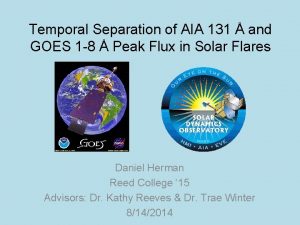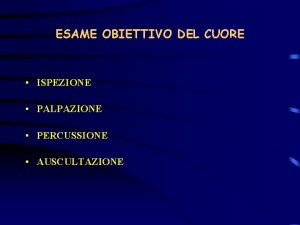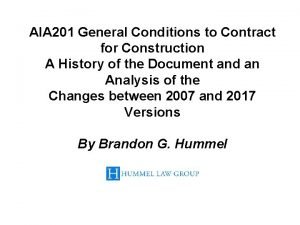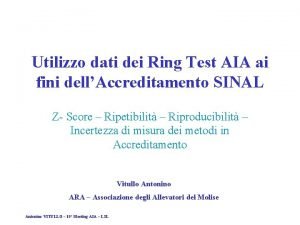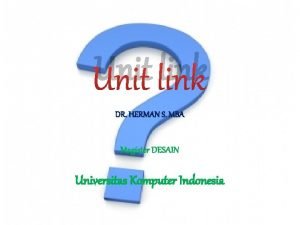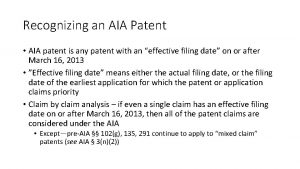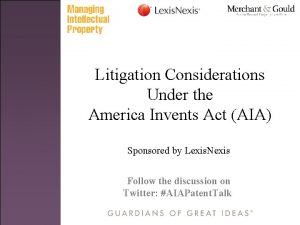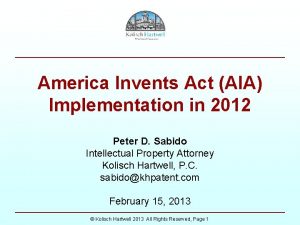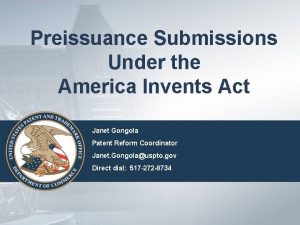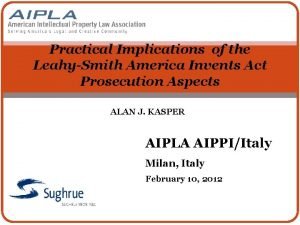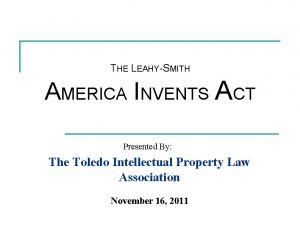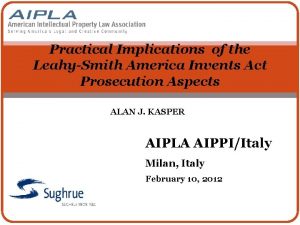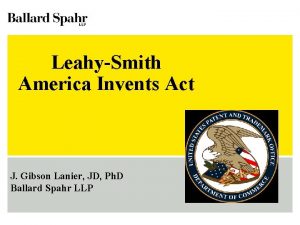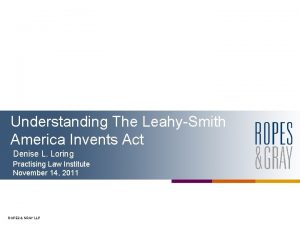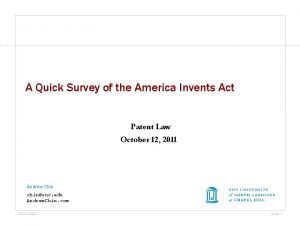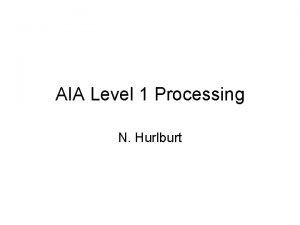What the America Invents Act AIA Means for














- Slides: 14

What the America Invents Act (AIA) Means for Scientists’ Tech Transfer Activities

Take Home (to Lab) Message #1 • Good news: – ARS patent prosecution strategy broadly is not affected • Not so good news: – The Devil is in the Details • There are significant changes to the “Grace Period” and to presumptions about inventorship • But. . . there is more good news: – Your Patent Advisors and TTCs are here to help

AIA: First Inventor to File • AIA is the most radical overhaul of U. S. patent system since 1836 • Converts U. S. patent system from first to invent to first inventor to file • Applies to applications filed on or after March 16, 2013 • But applications filed before March 16, 2013 still under first to invent system • The rest of the world already operates under first to file regime

Take to Lab Message #2 • Inventorship is important – Remember that, in patent law, inventorship is not the same as authorship • U. S. is no longer a fail-safe option to protect the first to invent as it is now aligned with all other countries

AIA: Grace Period in Plain Language • The AIA does away with the one year grace period as we knew it • Disclosure by Another, will be prior art: – if made prior to your filing; and – if independent of your research, • Disclosure may even encompass your pre-filing, partial disclosures

Take to Lab Message #3 • Don’t disclose (even partially) the subject matter of your invention outside of ARS; or • Execute Confidential Disclosure Agreements (CDAs) when meeting with potential collaborators or other interested parties • “First to File” means that there is a very strong presumption that the first inventor to file a patent application is the true inventor of the claimed subject matter. While rebutting this presumption is theoretically possible, in practice, it may be difficult.

AIA: Collaborations • Joint research agreement exception (CREATE Act) still applies • “Inventive entity” under joint research agreement is broader - ARS and collaborator • Provides that filings by party under joint research agreement with ARS do not count as prior art – ex. CRADAs

Take to Lab Message #4 • Written agreements before vs. after you submit invention disclosure the earlier the better! • Make sure you keep track/document existence of any collaboration, even if you view it as informal

AIA: Preparing Invention Disclosures • Note/document any type of disclosures, such as – Submission of journal articles – Presentations at conferences • Before any such pre-filing disclosure, execute a Confidential Disclosure Agreement (CDA)/discuss with TTC, whenever possible • Note any collaborations • Inventorship ≠ authorship; note inventors and authors

Inventorship vs. Authorship Inventorship Authorship • Is a legal determination. Cannot be decided by the inventors • Is based on contribution to overall “conception of invention” • Wrong inventorship may have serious consequences for the patent owner • Inventorship is based on the claims in a patent application • Can be decided by the inventors • Is based on contributions made by persons involved in designing or performing the experiments or in writing the resulting manuscripts • Authorship can be based on any part of a scientific paper

Take to Lab Message #5 • Don’t delay in submitting your invention disclosure • Contact your Patent Advisor and TTC early on, preferably prior to any pre-filing disclosures • Note/document your collaborations (CDAs) • Note/document any prior/pending disclosures (publications, presentations) • Note meetings with companies

A Final Note on AIA Your Patent Advisor and TTC are here to help!

Special Thanks To… Gail Poulos Evelyn Rabin Byron Stover Robert Jones Albert Tsui Elizabeth Sampson Howard Owens Mojdeh Bahar

PAs & Specialties Gail Poulos- Supervisory Patent Advisor Gail. Poulos@ars. usda. gov Chemical G. Byron Stover- Byron. Stover@ars. usda. gov Howard Owens- Howard. Owens@ars. usda. gov Engineering Robert Jones- Robert. Jones@ars. usda. gov Life Sciences Evelyn Rabin- Evelyn. Rabin@ars. usda. gov David Marks- David. Marks@ars. usda. gov Albert Tsui- Albert. Tsui@ars. usda. gov Elizabeth (Beth) Sampson- Elizabeth. Sampson@ars. usda. gov
 Rising action of the medicine bag
Rising action of the medicine bag Joseph gayetty invents toilet paper
Joseph gayetty invents toilet paper Eli whitney invents the cotton gin
Eli whitney invents the cotton gin Aia baseball rules
Aia baseball rules Aiapõrnikas
Aiapõrnikas Chinmaya somnath
Chinmaya somnath Aia 131
Aia 131 Aia integrated project delivery
Aia integrated project delivery Ispezione palpazione percussione auscultazione
Ispezione palpazione percussione auscultazione Aia 360 test menu
Aia 360 test menu Settore tecnico aia
Settore tecnico aia Aia201
Aia201 Aia lsl
Aia lsl Nilai unit equity fund aia
Nilai unit equity fund aia Patent effective filing date
Patent effective filing date
